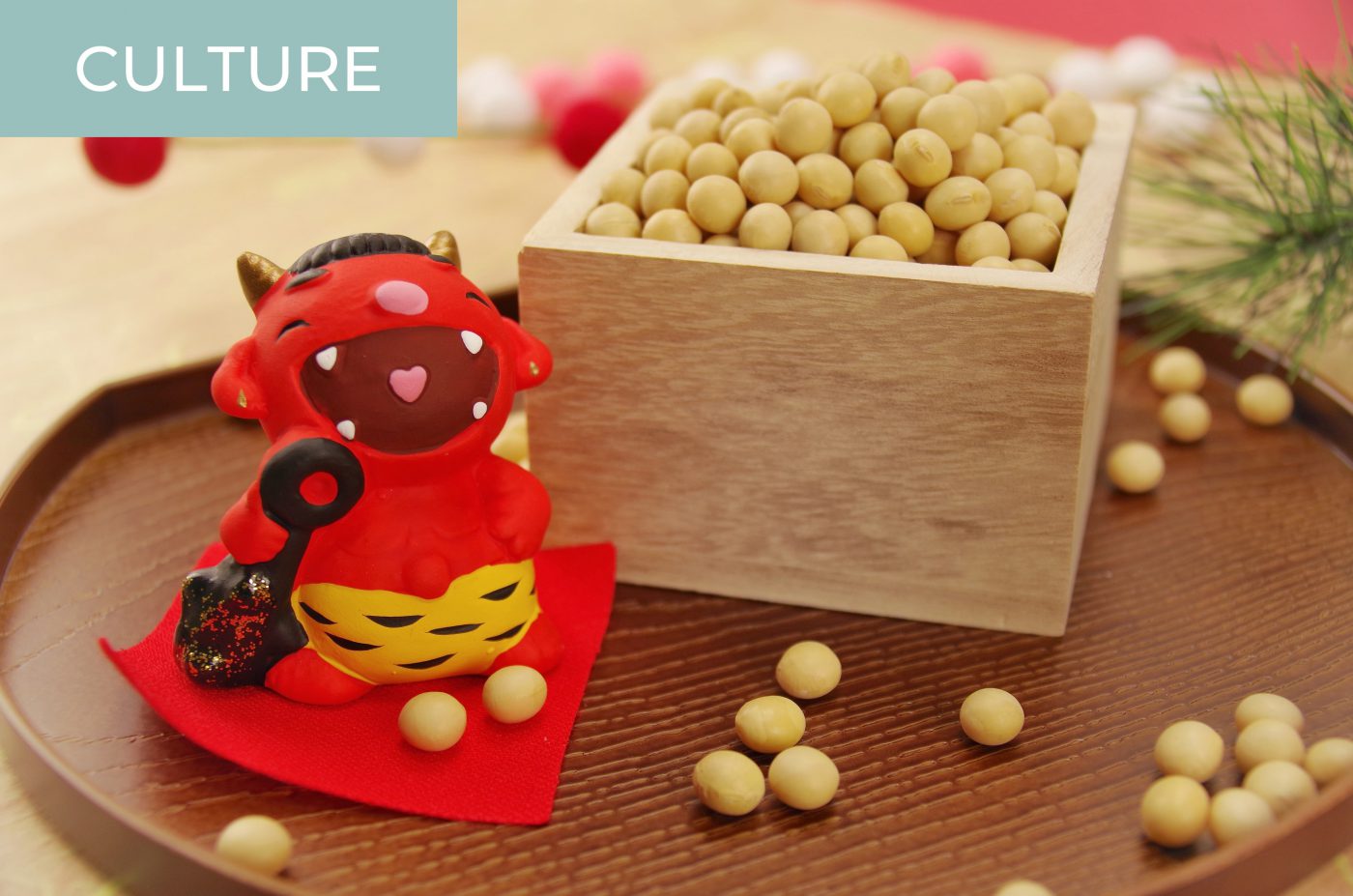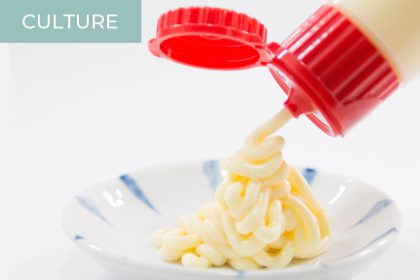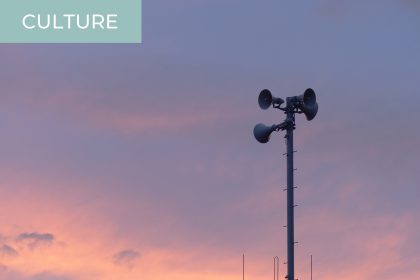The characters for setsubun in Japanese are 節分, literally meaning “season division.” This celebration traditionally takes place on February 3rd, one day before spring according to the lunar calendar. In older times, spring used to be the New Year, so setsubun can be understood as a form of ancient New Year’s Eve. To welcome the new year the best way possible, people would observe some kinds of evil-cleansing rites and try to attract luck during setsubun.
Purifying the House
The main tradition of setsubun is driving away evil spirits in a symbolic and playful way. In households, especially ones with children, a family member (usually male) disguises himself as an oni (a Japanese demon), and family members throw roasted soybeans at him to make him go away. These roasted soybeans are called fukumame, or lucky beans. When throwing the beans, Japanese people say ‘“Oni wa soto! Fuku wa uchi!”, which can be translated as “Demons, outside! Luck, inside!” It is also possible to just throw the beans through the main door. Once evil is cast away, you have to slam the door.

If you are in Japan during setsubun but do not have the chance to share this event with Japanese acquaintances, note that many shrines and temples organize setsubun events where you can often see full-sized demons walking around and receive beans and sweets. In Tokyo, Senso-ji Temple in Asakusa is very popular, but extremely crowded. Do not hesitate to ask the locals what the best place is or just head to the biggest temple or shrine in town!
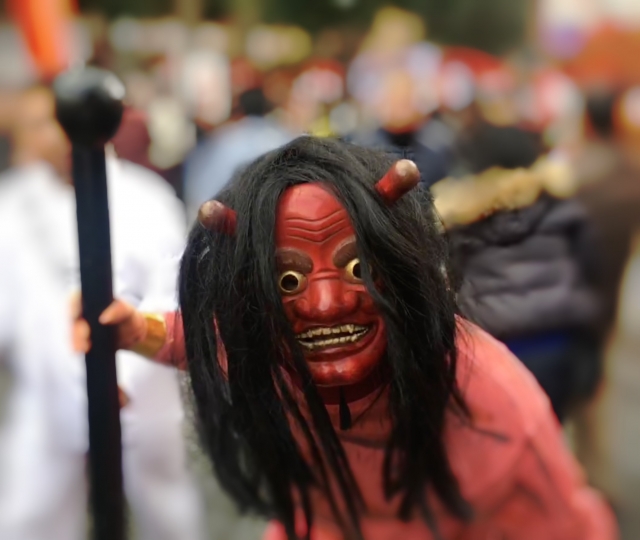
Eating Lucky Food
To bring good luck, people also eat the roasted soybeans, one for each year of their life, plus one extra bean. The purpose is, of course, to increase your longevity.
Another tradition is eating ehomaki ( literally a “good luck direction roll”). It is a kind of very long and big rolled sushi. People must eat it while making a wish, but in silence, and facing the lucky direction of the year. The lucky direction is determined by the Chinese zodiac sign of the year.
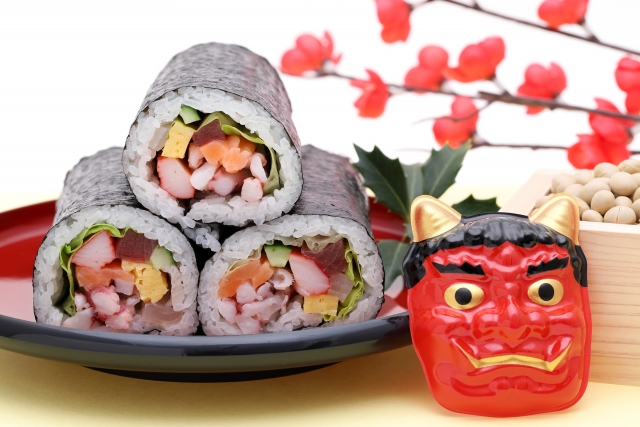
Originally a tradition from the Kansai (Osaka – Kyoto) area, it has now spread all over Japan. It is very easy to find ehomaki rolls in convenience stores and supermarkets when setsubun approaches. Nowadays, some cake manufacturers also see setsubun as a good occasion to sell rolled cakes, because of their appearance looking very similar to ehomaki.
Have you ever participated in setsubun? If yes, let us know about your experience in the comments section!

